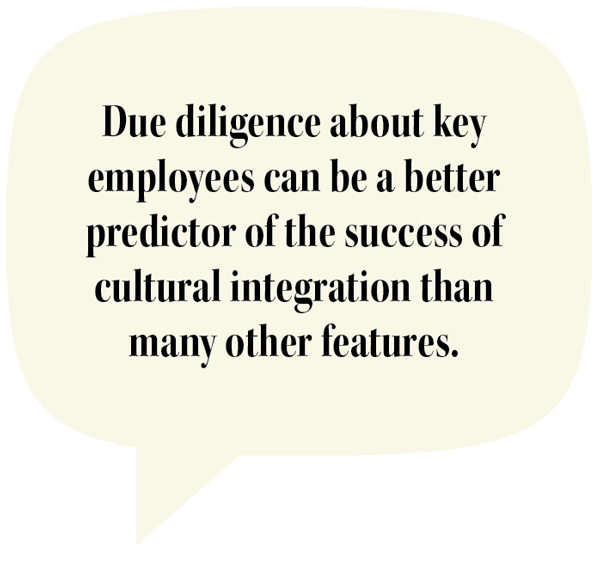The sale of LinkedIn to Microsoft for a stratospheric US$26.2 billion represents one of the biggest deals on the M&A landscape. It’s a brave move for a group that saw US$9.4 billion disappear less than two years after signing its deal with Nokia Corp. History is littered with examples of acquirers killing the very thing they set out to nurture and grow. The simple fact is, most acquisitions fail: buyers don’t achieve the returns they imagined.
So, will Microsoft be able to retain LinkedIn’s agility, innovation and culture, or will all of this be crushed in the rush to integrate the businesses? Despite the difficulty in making mergers work, the complexity in delivering organic growth will continue to drive companies to pursue growth through M&A.
If many M&As are failing, what can we learn from those that are successful? As Langevort recognises in his paper ‘The Behavioural Economics of Mergers and Acquisitions’, despite the fact that M&A involves high stakes, focused and sustained attention and expert advisers’ behavioural factors could be key to uncovering the value destruction that often occurs. This is more acute in cases where there has not been any real attempt to manage the impact that culture plays on the decision to proceed.

Real-world experience and the scholarship from behavioural economics shows us that well-known behavioural regularities exist in M&A, such as loss aversion and limited attention, and this extends far beyond the senior executive team and into the very fabric of the business. But what if we could use physiology to predict the outcomes of that process?
The value of applying culture due diligence
Laboratory evidence supports the view that many organisations don’t or can’t use current data to predict characteristics of individuals in the team. Yet meaningful data about the attitudes, priorities and skills of the workforce and their ability to support an acquisition strategy will become a powerful tool for predicting whether cultural conflicts could derail a merger — even when it makes sense on paper.
This puts the onus on the buyer to know what type of acquisition they need to achieve and how it will be implemented. For example, is the purpose of the acquisition to add scale to an existing business model? In which case, the buyer effectively dismantles the acquired business and absorbs it into the acquirer business. Alternatively, is the purpose to acquire a new business model? In each case the people in the target and acquirer businesses are key to success.
One of the biggest issues is acquiring and keeping the right people, therefore, cultural misalignment and poor leadership integration becomes an issue when they have not been identified and managed during the integration process. Organisations can achieve greater alignment by identifying the synergy and differences in management and organisational cultures — both are powerful predictors of difficulties in implementing strategy, both pre- and post-merger.
Careful consideration of the attitudes, priorities and skills of the workforce will enhance their overall ability to support the M&A process, taking the entire business into account. Identifying these synergies and discrepancies will allow for a smoother amalgamation.
One of the biggest issues is acquiring and keeping the right people, therefore, cultural misalignment and poor leadership integration becomes an issue when they have not been identified and managed during the integration process.
Offering smart ‘people’ data analytics and consulting services around strategic management allows any merging of companies or business units to identify potential hurdles based on the different ways in which senior executives and managers like to run their business unit. Equally as important is the process of selecting the most effective management team who will be responsible for driving the ongoing success of the M&A.
By carefully embedding your thinking on this issue into your acquisition documentation, you can improve your chances of strategically attracting and retaining valuable employees. Obviously, a one-size-fits-all process does not work for talent management, and therefore, successfully designing programs that are appropriate for specific organisations and industries, in our experience, can be a significant predictor of successful M&A.
The importance of culture is too often underestimated in the M&A process. While some elements of culture are amorphous, due diligence about key employees can be a better predictor of the success of cultural integration than many other features.
Human nature doesn’t simply pose a deal risk, it affects the how and why of success. We all have biases, the big trick is not to fall for them but to pause, adjust and reflect. Get good data, seek out knowledgeable third-parties: explore a counter-factual. Adapting the deal to the people is critical, rather than aligning the people to the deal. Clearly, there is
no easy way to ensure every acquisition is a winner. But if companies like Microsoft and LinkedIn fail to accept that M&A is a people business, then the odds of success are already stacked against them.
Andrew Lumsden is a Partner at Corrs Chambers Westgarth and Tanya Harris is CEO and Founder of ICOM4.







